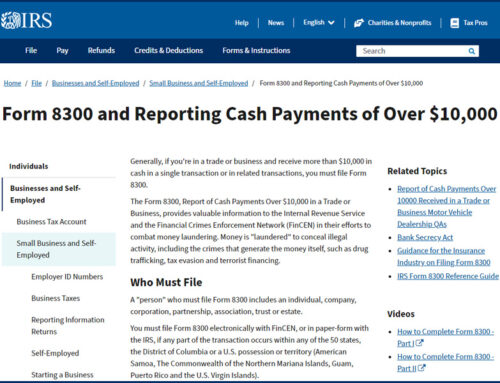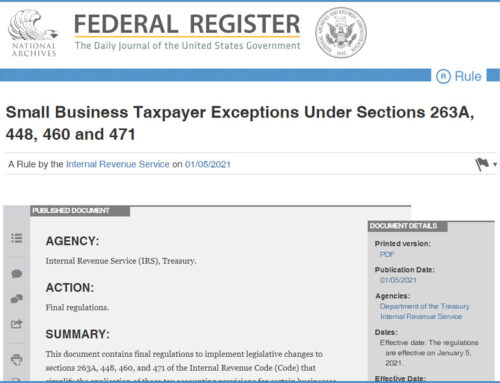What wonderful news! There is no cultivation tax effective July 1, 2022. This is all with the stroke of a pen from Governor Newsom.
Gee that was easy! But, wow, all the details!
- Distributors and manufacturers don’t have to collect taxes from cultivators.
- Cultivators don’t have to pay any cultivation tax.
- If cannabis has not ENTERED the commercial market on or after July 1st, even if cannabis was received PRIOR to July 1st, there is no cultivation tax.
- If cultivation tax is collected on cannabis, but the cannabis has not ENTERED the market until July 1st or AFTER, then the tax must be returned to the cultivator who originally paid the tax.
- There are rules pertaining to excess cultivation tax which come about because cultivation tax collected cannot be returned to the original payer of the tax.
For the cannabis distributor or manufacturer, it will be important to track outstanding unpaid invoices to cultivators as of July 1st. All of the invoices will need to be adjusted for the listed cultivation tax.
For any cultivation invoices that need to be paid in the month of July 2022, it will be important to double-check for net amounts to pay. If cultivation tax is a part of the respective payment to be made, double-check to see if the cannabis product has entered the commercial market.
An area in which additional guidance will have to be clarified pertains to TRADE SAMPLES. This became a part of the quarterly cultivation tax reporting for the first quarter of 2022. It was reported by the ounce as a part of the cultivation excise tax. With cultivation tax being eliminated, trade samples will have to be reported somewhere else on the CDTFA Quarterly report. In the meantime, keep track of the trade samples, as this will be sorted out by the end of the quarter, September 30, 2022.
It will be super important that good records are maintained for this period. Many errors may occur just because of inadequate records.
The biggest area of audit from the CDTFA will be excess cash payments. For distributors and manufacturers, it is probably best to perform monthly cash reconciliations starting with June month-end and continuing through September month-end.
A second area of audit will be the cutoff date for transactions. The best way to prepare for this is to review all transactions around the July 1 date. Verify the date of each transaction and compare it to the date that the cannabis product has entered the commercial marketplace.
This is new tax law. It is important that you check with your tax advisor to see if the new California state tax law will impact you.
If you have any questions, please contact me by email at Bruce@CannabisCPA.Tax or phone 818-225-8022.


